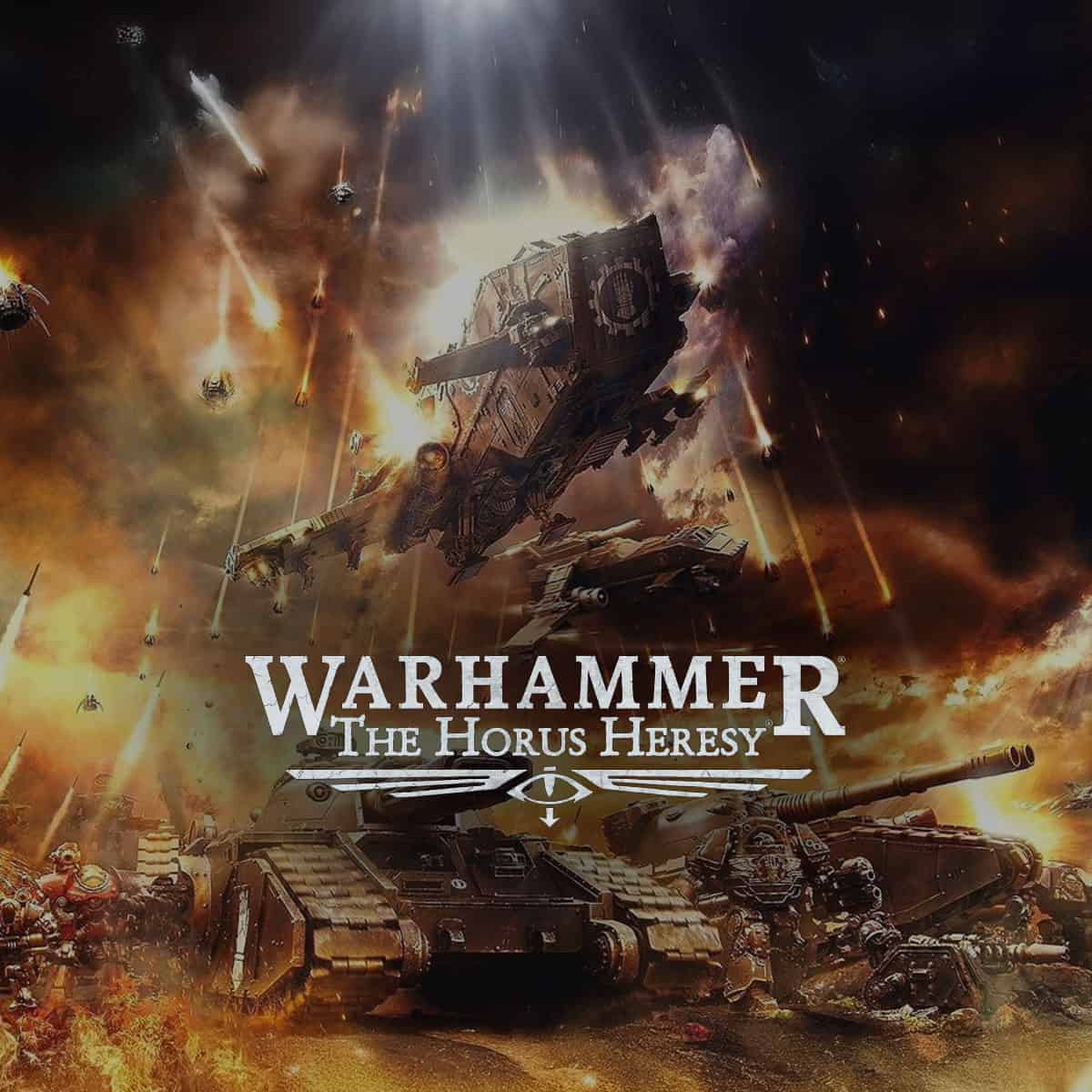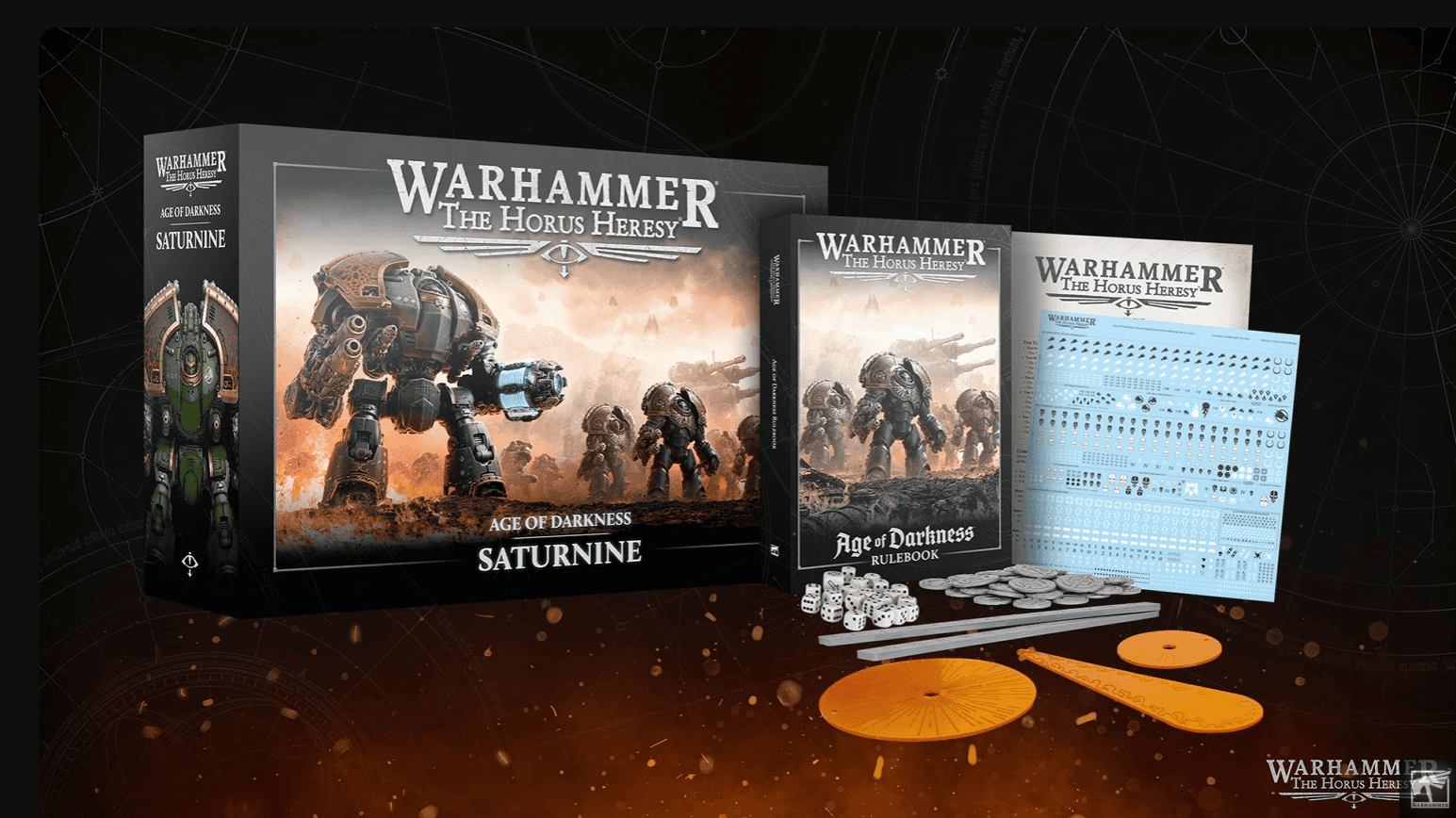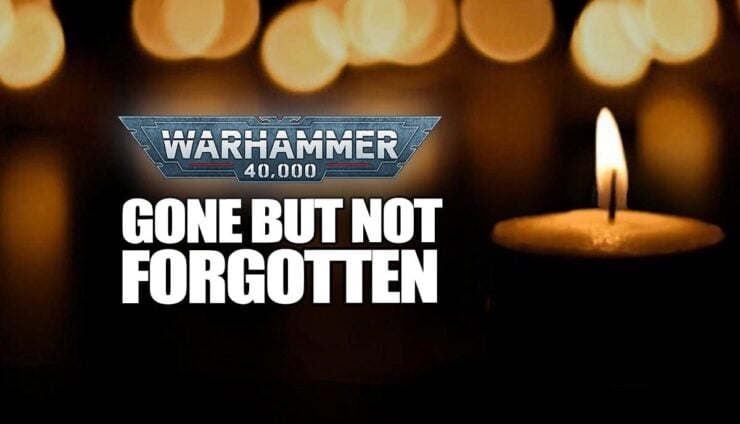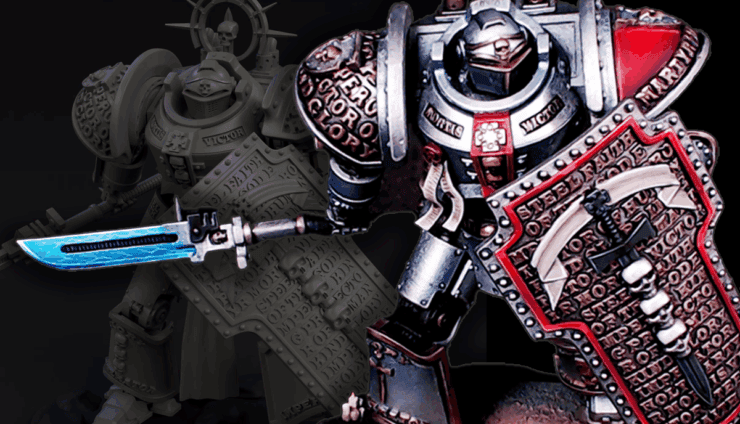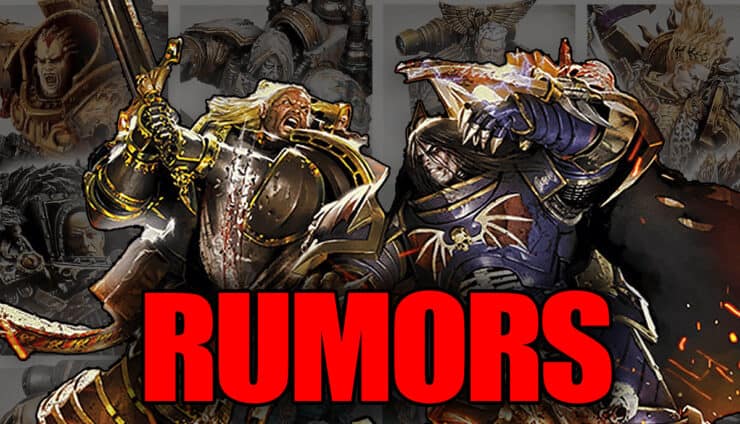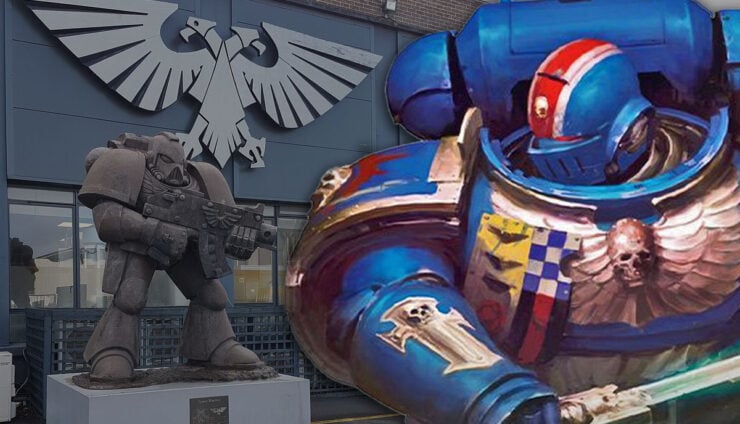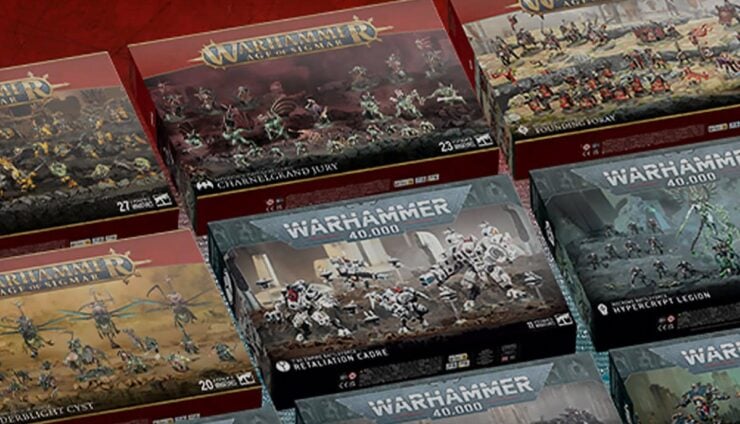From big deep strike changes to a revamped force org chart, here are the top 10 new Horus Heresy rules changes and Legends units for the third edition!
Originally published in June 2025. Updated on July 25th, 2025, by Rob Baer with the latest information for units and armies that may now be invalidated and the Adeptus Custodes rules.
So, you thought you had your Horus Heresy list dialed in? Think again. The new edition has pulled the rug, then replaced it with a flowchart covered in special rules, force org rewrites, and deep strike rules that feel like they came from a board meeting.
If you’re wondering why your drop pod assault no longer hits like it used to or why you suddenly need five characters just to field a Predator, you’re in the right place.
Here are the biggest new changes to the Horus Heresy rule books.
Adeptus Custodes Get a Free Rules PDF
Let’s talk about what’s actually changed for the golden boys in the new Custodes rules drop.

The rules themselves got a haircut. Keyword bloat? Trimmed. Auras and layered combos? Snipped. Everything now runs on simplified traits like Lightning Blows and Vanguard (3). It’s faster to play, but there’s less to tinker with if you like tweaking your Custodes like a fine watch.
If you want to see all the rules, you can download them here.
Legends & Planned Obsolescence?
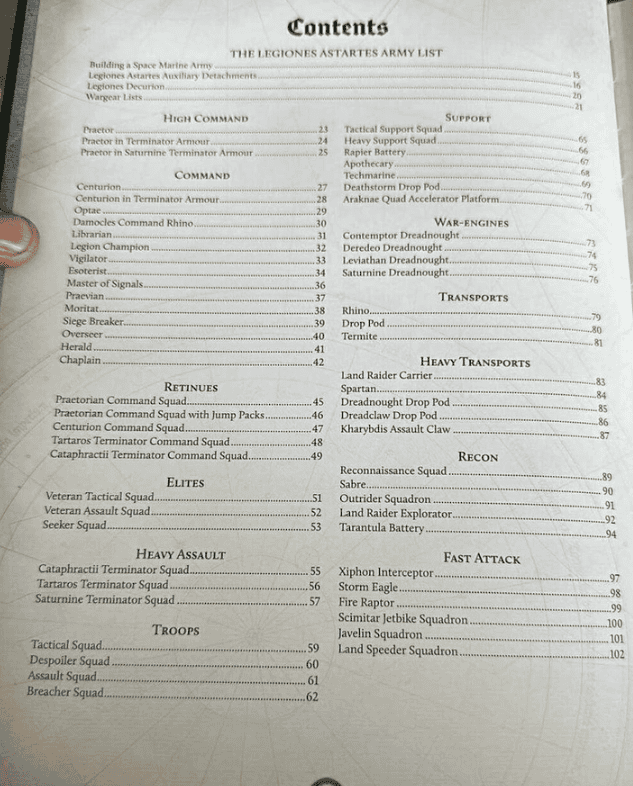
To stop the bleeding, GW dropped a big “Legacies of the Age of Darkness” PDF. It keeps a bunch of missing units playable, at least on paper, and yes, they’re allowed at official events. But they’re not in the core books, and that’s got players raising eyebrows. Last time GW pulled this move, those rules quietly faded into the void without updates.
The real sting? Heresy was always the playground for hobbyists who liked building weird, lore-rich, converted forces. This new boxed-set-first approach feels like it’s trading that creativity for clean product lines. Want a jump pack Destroyer or a Tartaros Terminator with a power fist? Better print your own rules and hope for mercy.
The Saturnine box? It came in hot, then fizzled hard. Now the Legacies PDF feels like a rushed patch job, not a thoughtful olive branch.
Panic? Not yet. Your stuff still works, for now. But if your list leans on anything not in plastic, maybe don’t start gluing together a new army just yet.
Keep an eye out, keep building cool things, and maybe keep a backup list ready. Just in case.
10 Big Shifts in the New Horus Heresy Edition
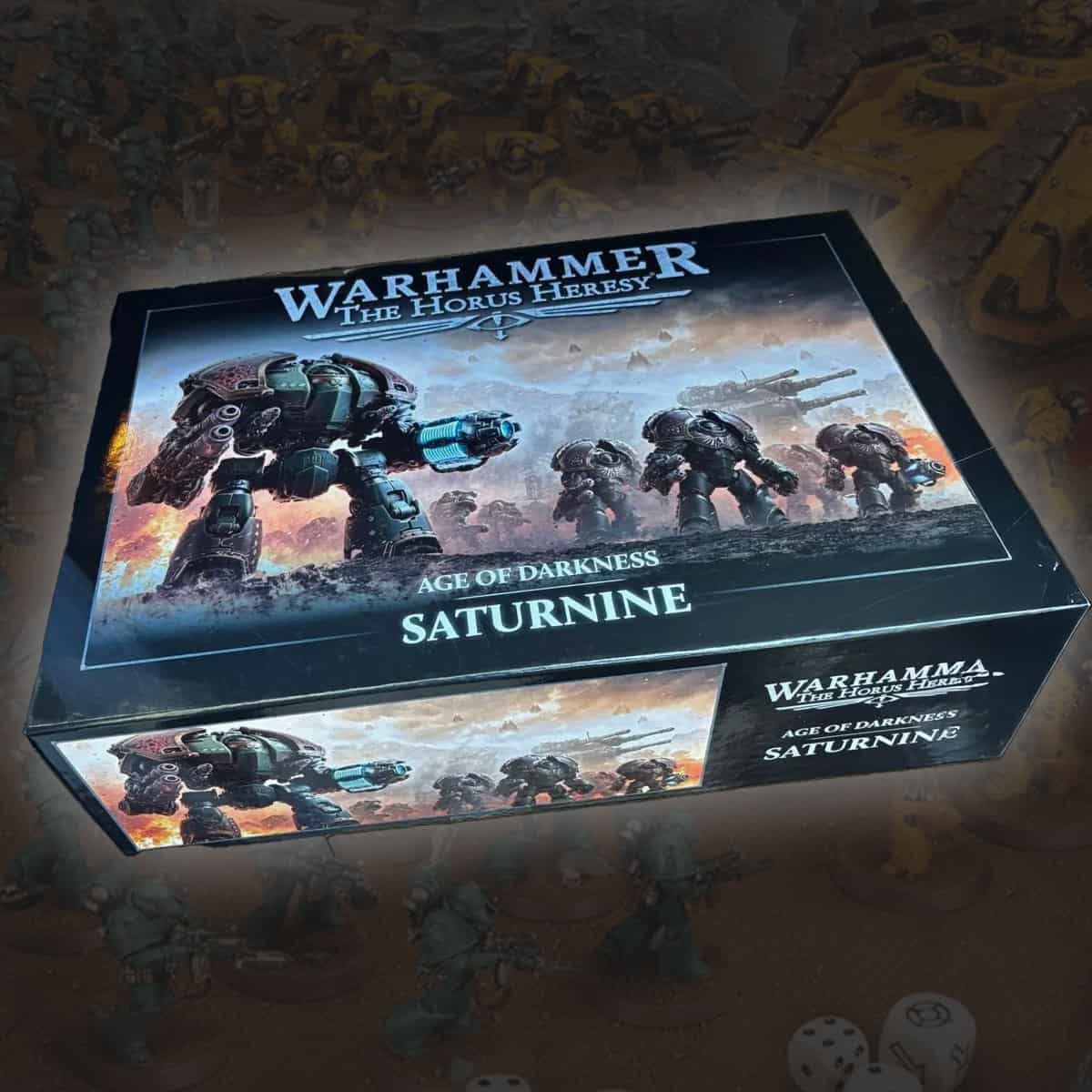
Here’s what’s really changed—and how it might change the way you build, play, and think about your Heresy Space Marine armies.
1. Deep Strike Just Got Training Wheels
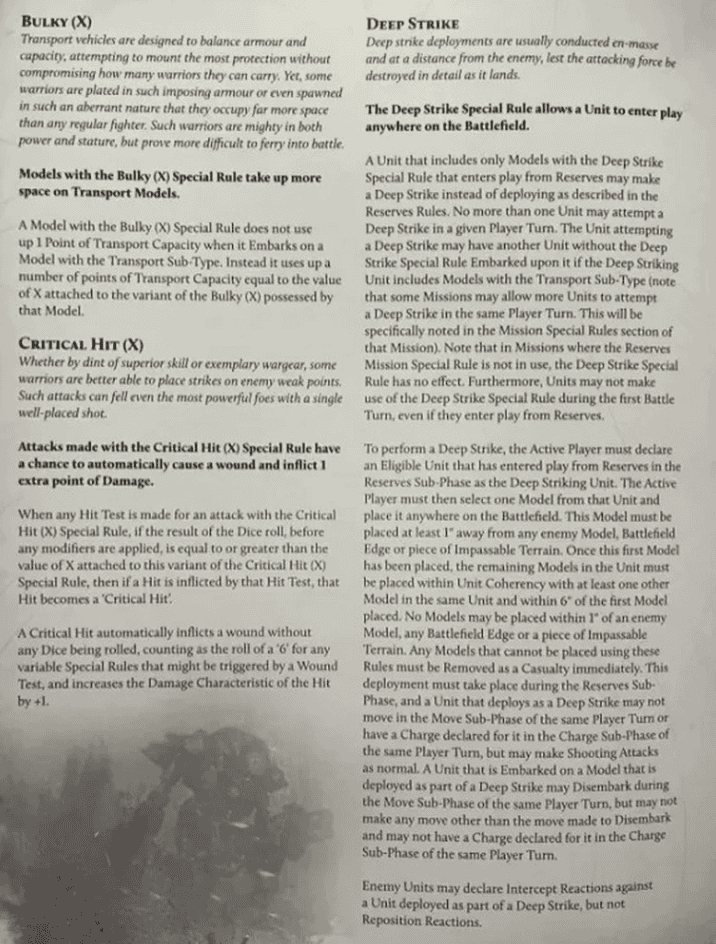
What it means: No more drama. No more nail-biting melta drops hoping you don’t scatter off the board. Deep strike now feels like it’s been scrubbed for liability.
That wild, tactical coin flip? Gone. Expect it to be used for surgical shooting, not bold charges.
What to do: Rethink those assault-heavy deep strike builds. Units coming in are now backline bullies, not shock troops. Consider units with strong shooting profiles over melee-centric ones.
2. Vehicle Damage Isn’t What It Used to Be
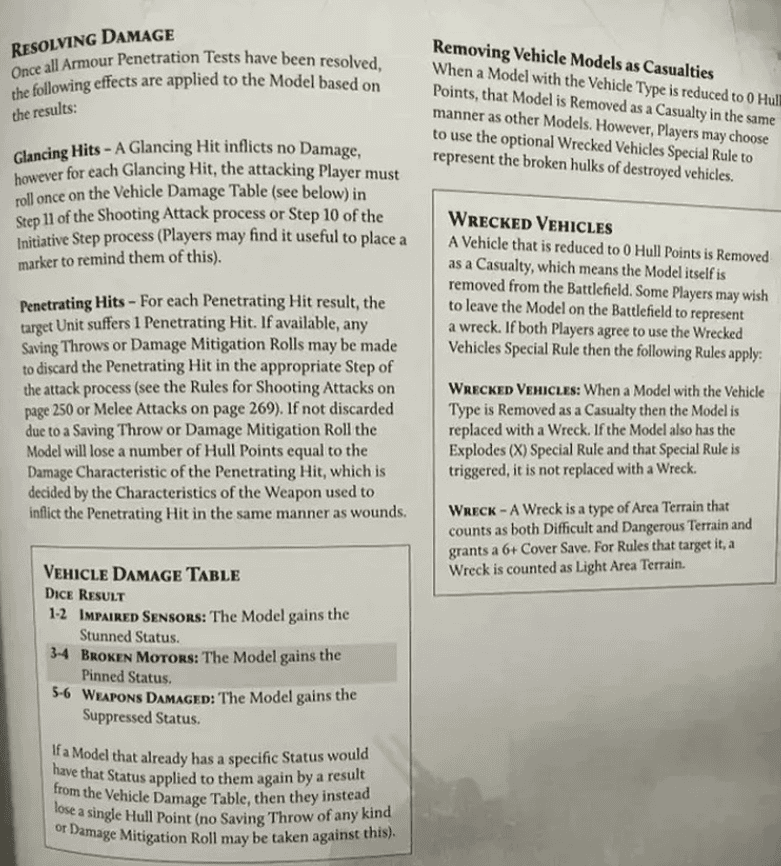
What it means: It’s harder to one-shot a vehicle, but easier to chip it down with repeat effects. Vehicles are more durable, but also bogged down with status tokens.
What to do: Bring tools for repeat hits over one-punch weapons. Consider units that can harass and apply conditions reliably. Your tanks will stick around longer—so give them roles that make sense over multiple turns.
3. Force Organization Chart: From IKEA to Warhammer


What to do: Budget for multiple characters, even in mid-sized games. List-building now revolves around unlocking detachment slots. Skewing toward a theme? Pick command units that match your plan—and make sure you’re not locked out of taking what you actually want to field.
4. Critical Hits Are In, and They’re Not Subtle
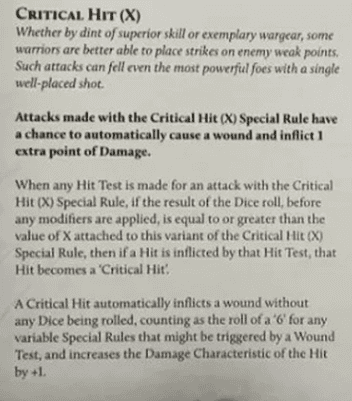
What it means: More dice will “do something,” but not always something you wanted. Expect more rules text, more interactions, and more “wait, what does that mean again?”
What to do: Build lists that don’t depend on random crit spikes. Learn your own crit rules well—and maybe print a cheat sheet. You’ll need it.
5. Wrecked Vehicles? Only If Both Players Agree

What it means: One of the most atmospheric elements of the game—burning wrecks providing cover, blocking movement—is now an opt-in.
What to do: If terrain matters to you, talk to your opponent before rolling dice. House rule in wrecks if you want more narrative feel or line-of-sight headaches.
6. Flyers Finally Got a Rules Overhaul That Makes Sense

What it means: Flyers are no longer random missiles or frustrating ghosts. They’re more usable and more interactive.
What to do: If you wrote off flyers in past editions, take another look. Now they play a defined role instead of hovering awkwardly on the board. AA units and flyer tactics both matter now.
7. Line Units Score, But They’re Not the Only Ones
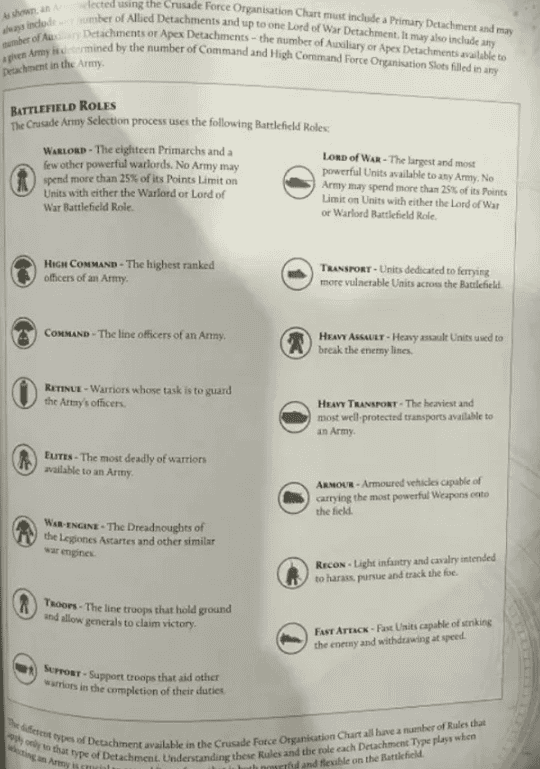
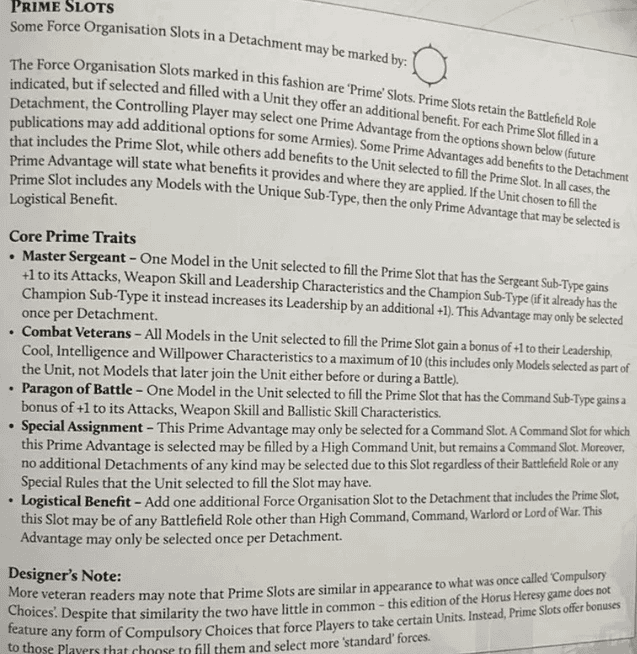
What to do: You still want Line units, but don’t panic if you’re running more specialized troops. Build toward redundancy, not dependency.
8. Return Fire Still Exists, Still Disappoints
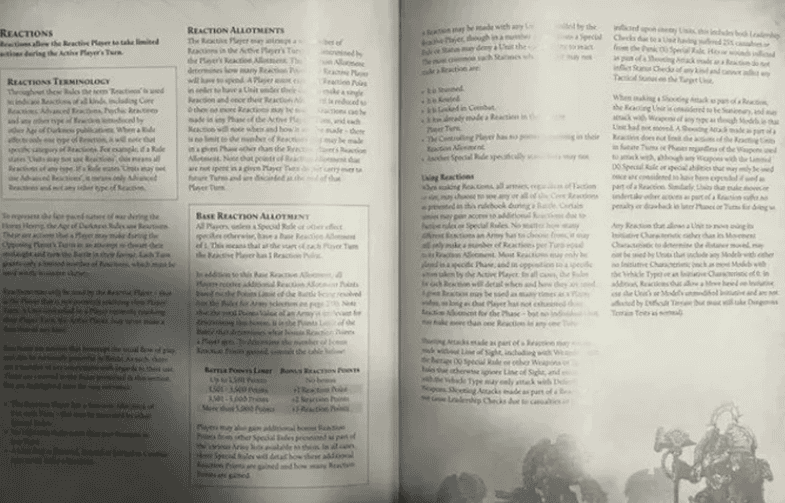
What it means: Rules bloat without much payoff. Some reactions are flavorful, others are just noise.
What to do: Use reactions smartly, but don’t rely on them. Build your lists and tactics assuming they’ll help but not save you.
9. Status Effects Are the New Meta Management

What it means: Units might be tied down even if they don’t take damage. You’ll spend more time managing conditions than rolling saves.
What to do: Keep track of what your units are doing, not just their wounds. Conditions are now part of the attrition game, so units with ways to remove or ignore them are going to be valuable.
10. Challenges Are Back—and They Can Be to the Death
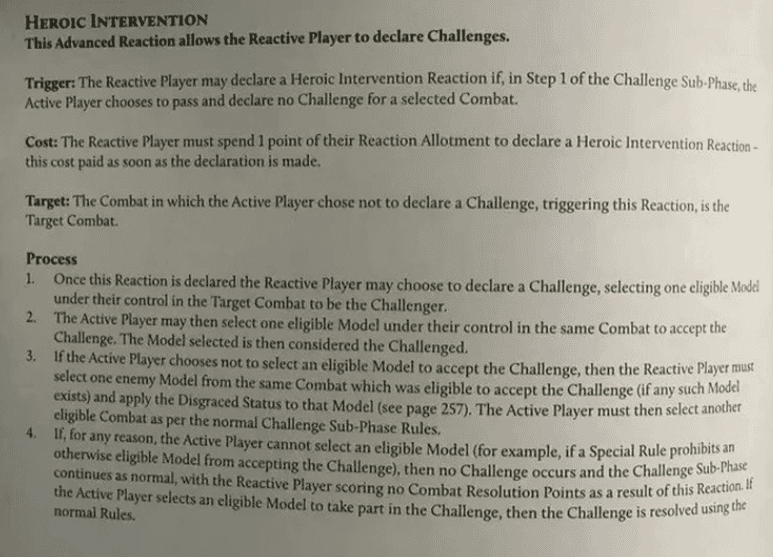
What it means: Characters aren’t just support tools now—they’re center-stage pieces with drama and consequences.
What to do: Equip your characters like they might have to fight Angron blindfolded. Bring melee punch, defensive gear, or avoid the danger zone entirely if you’re not up to the task.
Final Word From Us
This edition isn’t just a tweak. It’s a reroute. A new playbook, not a patched-up one. While some of the changes look clean and tactical, others feel like they came from a design spreadsheet without anyone asking, “But is this fun?”
That said, the game’s still all about telling war stories in plastic. You’ll still argue over line of sight, groan when your Spartan gets stuck, and cheer when your contemptor punches something into paste.
New Horus Heresy Saturnine Starter Set Box: Review
